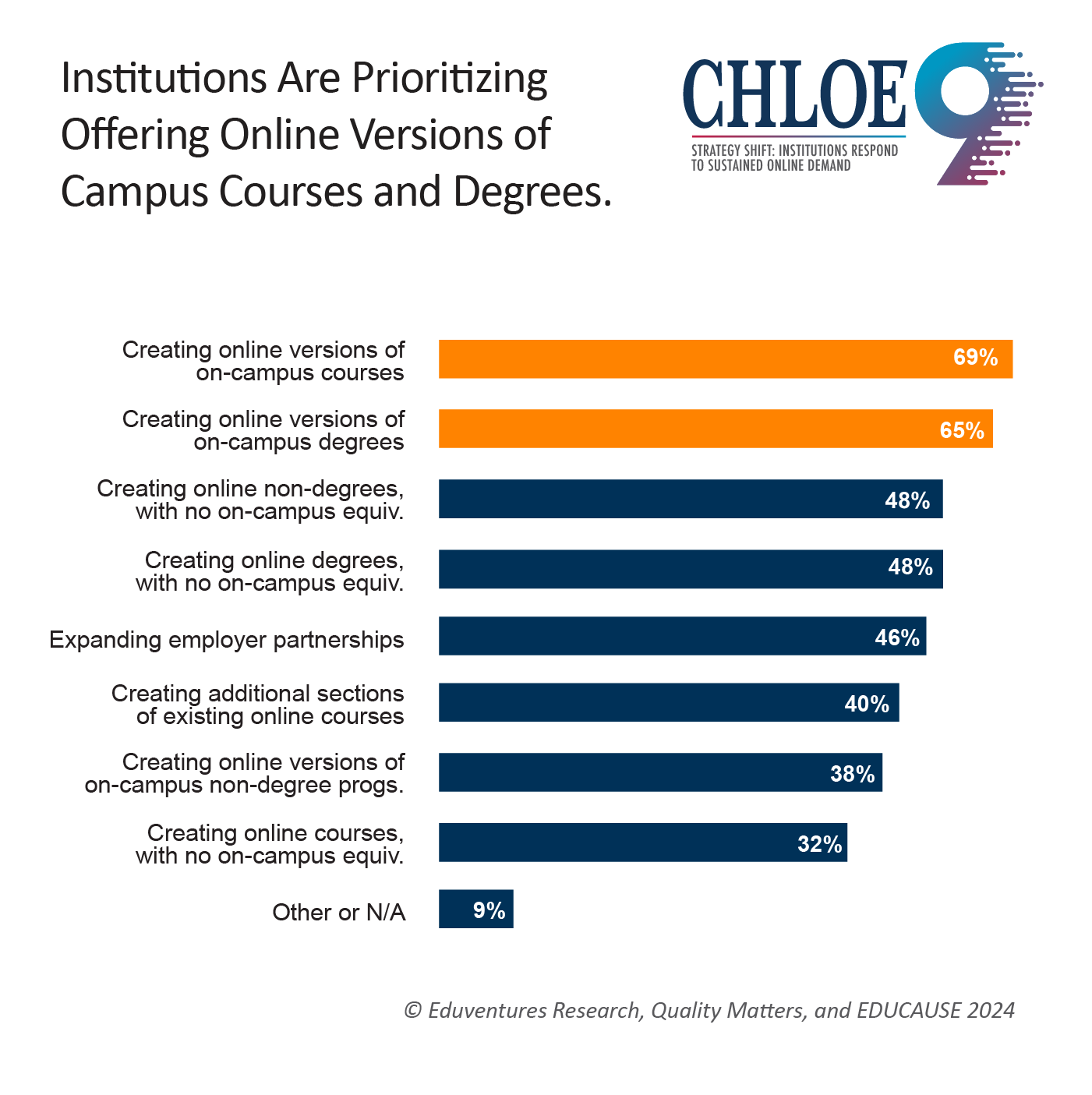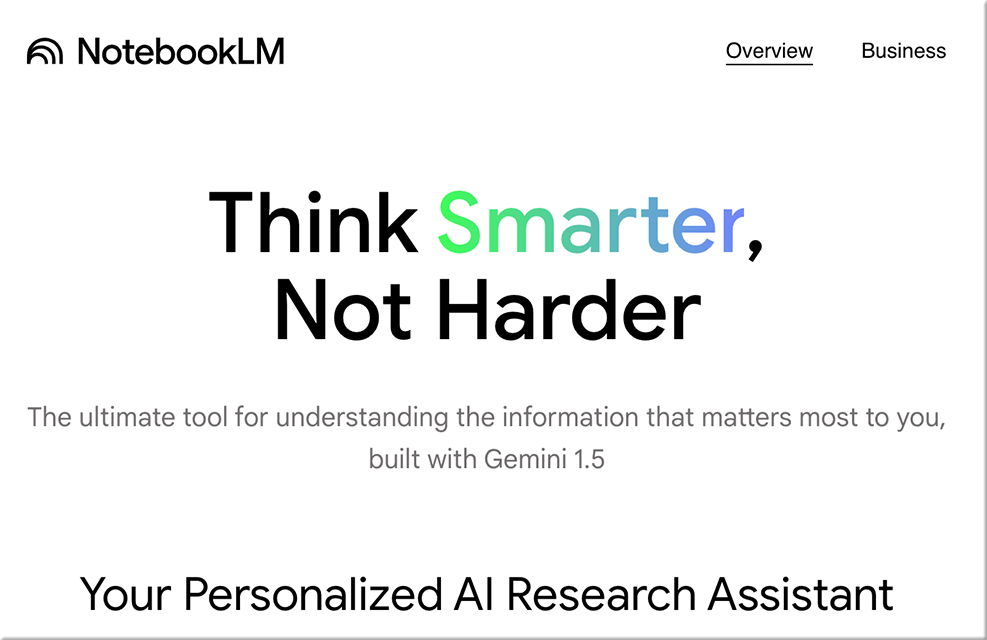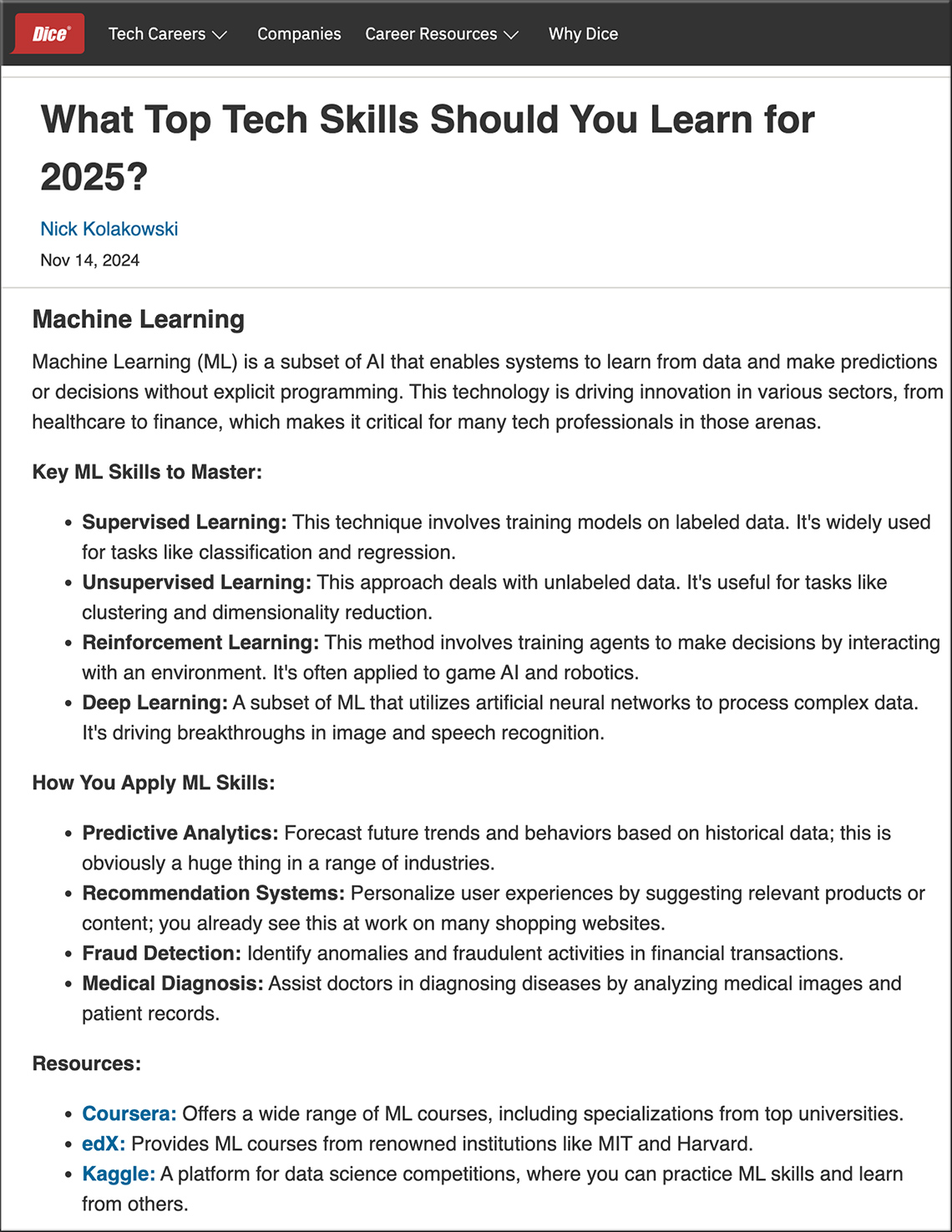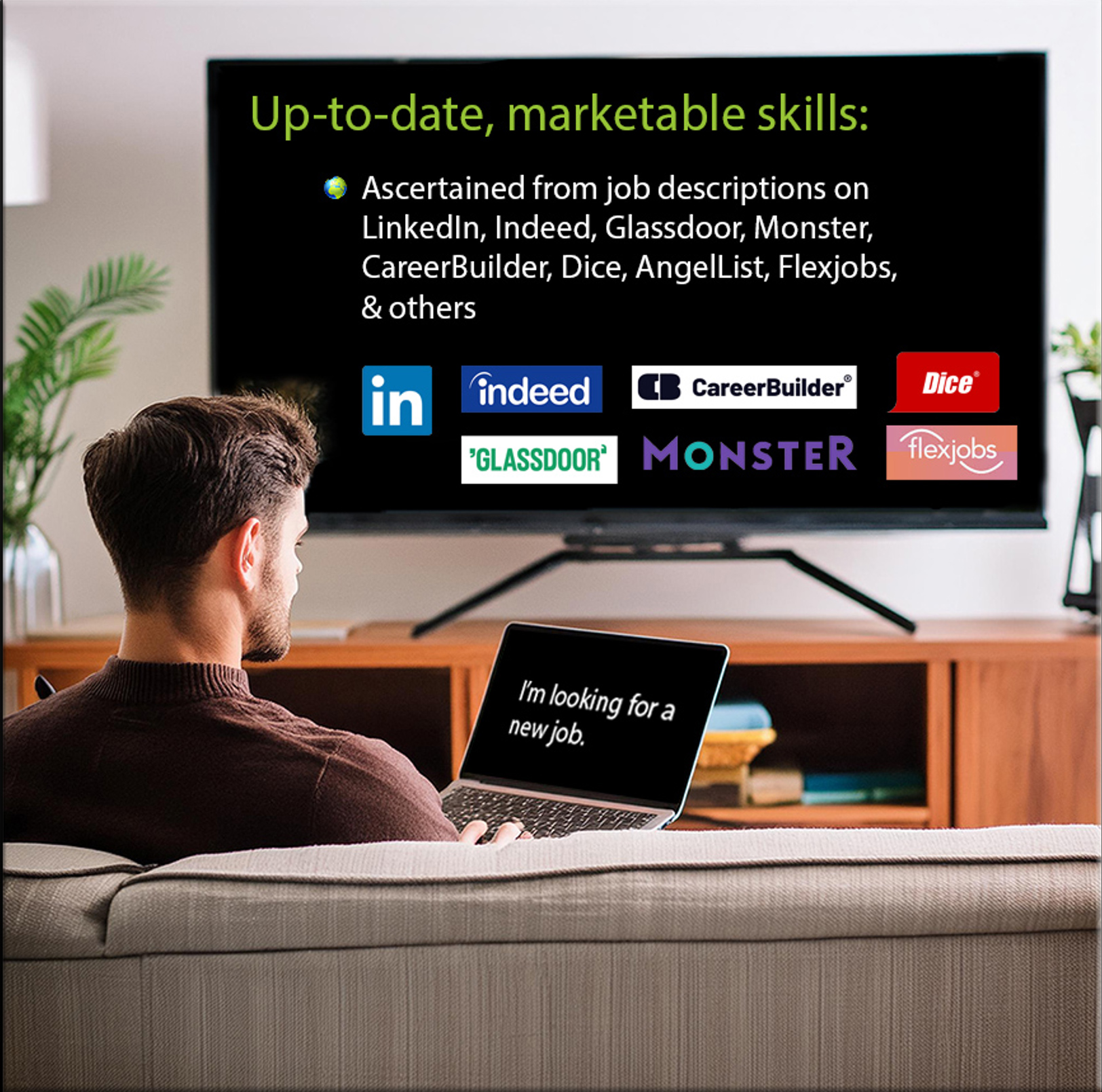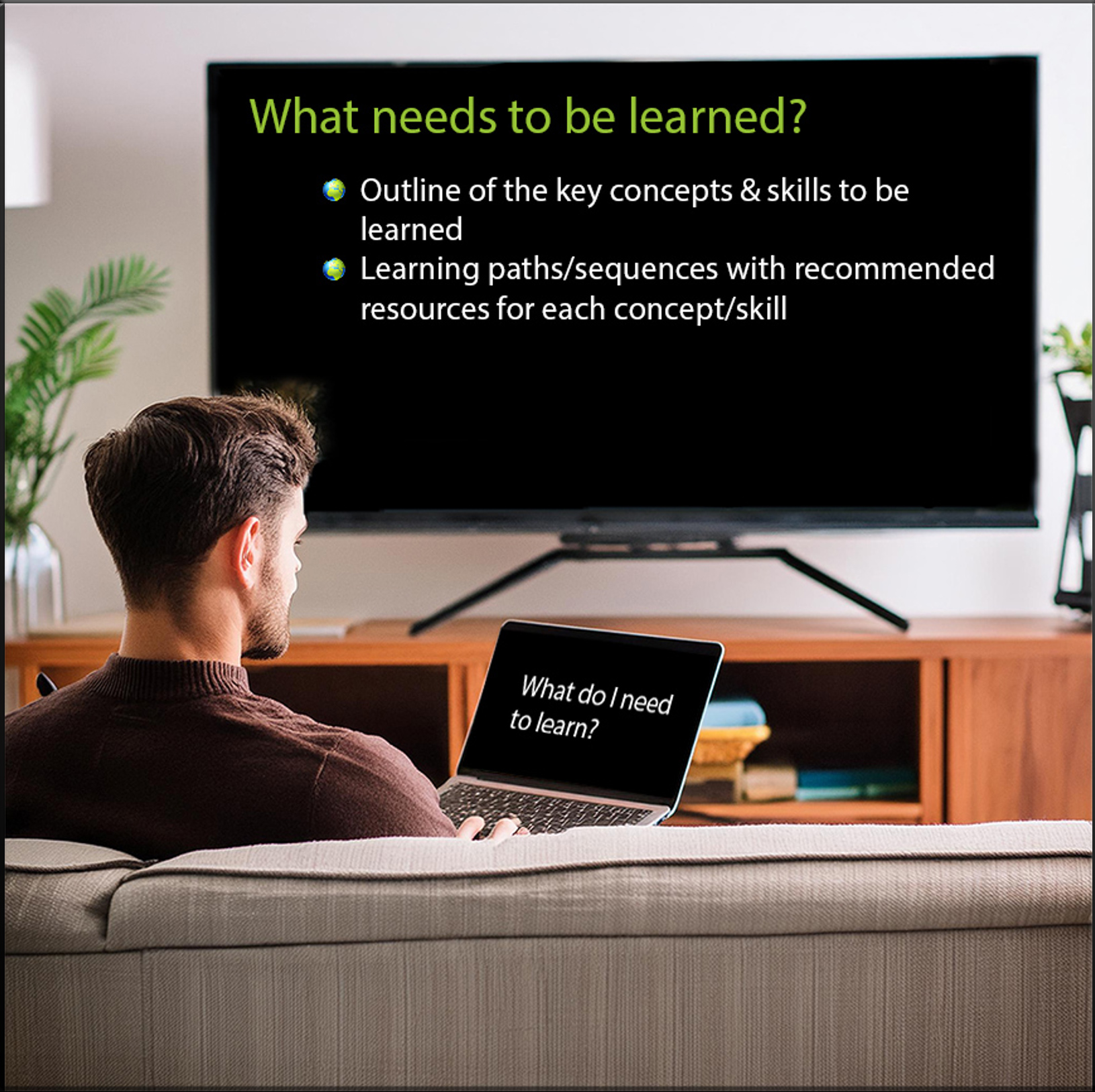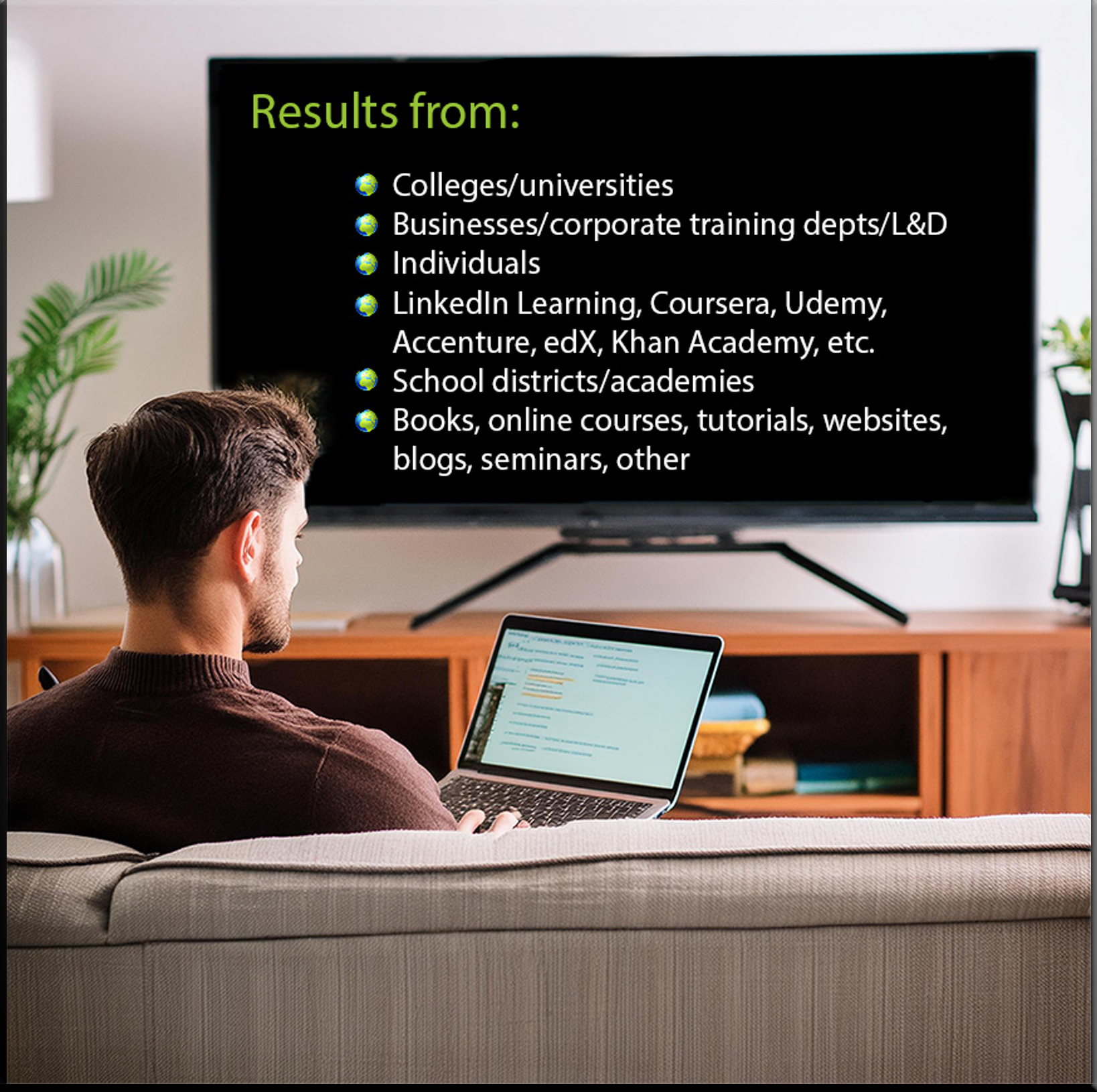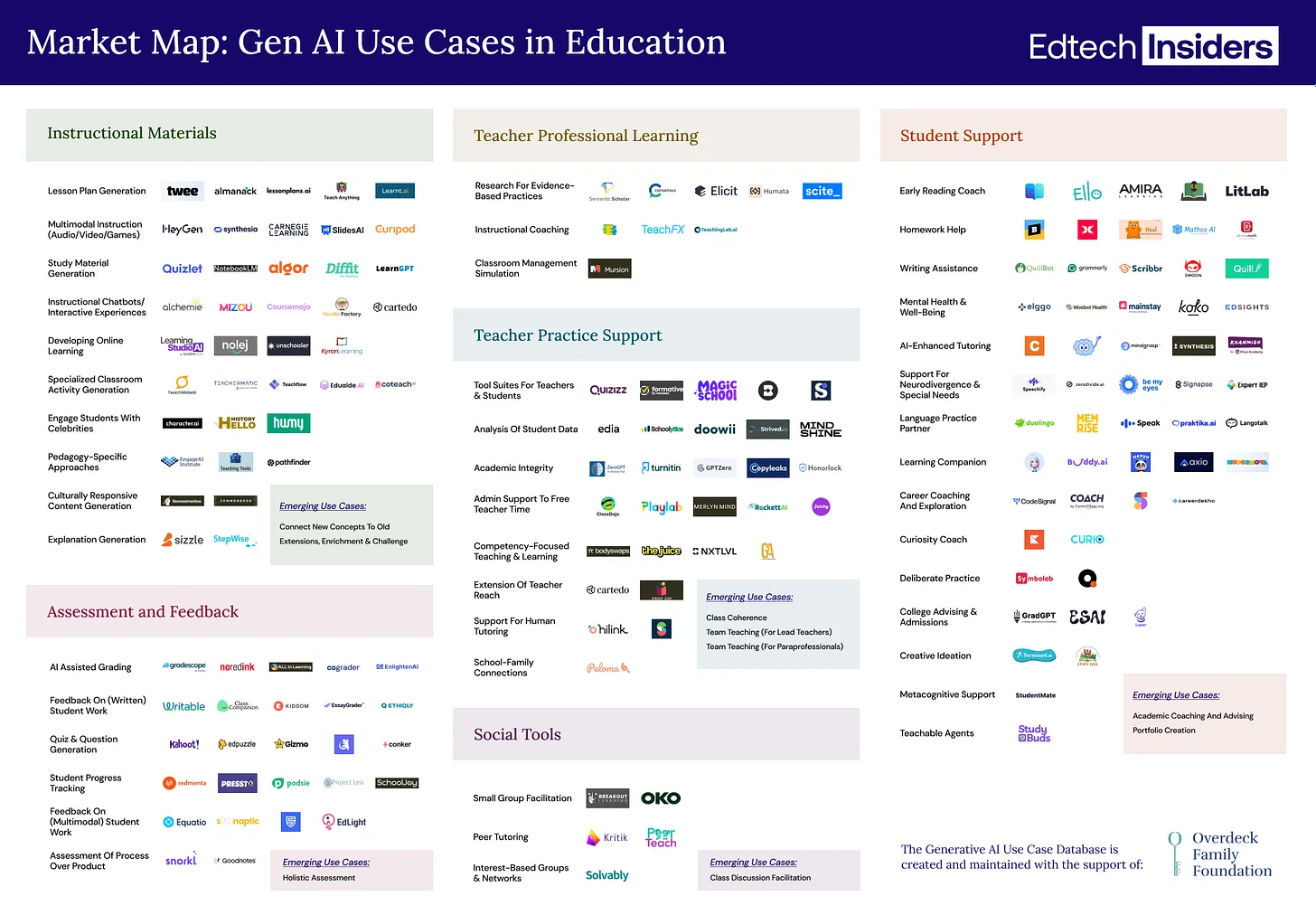What Teacher Pay and Benefits Look Like, in Charts — from edweek.org by Sarah D. Sparks
Special education staffing shortages put students’ futures at risk. How to solve that is tricky. — from chalkbeat.org by Kalyn Belsha
The debate comes as the number of students with disabilities is growing. Some 7.5 million students required special education services as of the 2022-23 school year, the latest federal data shows, or around 15% of students. That was up from 7.1 million or 14% of students in the 2018-19 school year, just before the pandemic hit.
It’s unclear if the rise is due to schools getting better at identifying students with disabilities or if more children have needs now. Many young children missed early intervention and early special education services during the pandemic, and many educators say they are seeing higher behavioral needs and wider academic gaps in their classrooms.
“Students are arriving in our classrooms with a high level of dysregulation, which is displayed through their fight, flight, or freeze responses,” Tiffany Anderson, the superintendent of Topeka, Kansas’ public schools, wrote in her statement. “Students are also displaying more physically aggressive behavior.”
Expanding Access, Value and Experiences Through Credentialing — from gettingsmart.com by Nate McClennen, Tom Vander Ark and Mason Pashia
A Landscape Analysis of Credentialing and Its Impact on K-12
Executive Summary
This report examines the evolving landscape of credentialing and learner records within global education systems, highlighting a shift from traditional time-based signals—such as courses and grades—to competency-based signals (credentials and learner records).
Also recommended by Getting Smart, see:
Retrieval practice improves learning for neurodiverse students — from by Pooja K. Agarwal, Ph.D.
In my 15+ years of teaching, I have had students with autism spectrum disorder, ADHD, dyslexia, and a range of learning disabilities. I have grown in my understanding of inclusive teaching practices and I strive to incorporate universal design principles in my teaching.
From my classroom experience, I know that retrieval practice improves learning for all of my students, including those who are neurodiverse. But what have researchers found about retrieval practice with neurodiverse learners?
(Side note: If you’d like an intro on neurodiversity and what it means in the classroom, I recommend this podcast episode from The Learning Scientists and this podcast episode from Teaching in Higher Ed. For teaching tips, I recommend this article from the University of Illinois CITL.)
Instructure Is Ready To Lead The Next Evolution In Learning — from forbes.com by Ray Ravaglia
Learning Management In The AI Future
While LMS platforms like Canvas have positively impacted education, they’ve rarely lived up to their potential for personalized learning. With the advent of artificial intelligence (AI), this is set to change in revolutionary ways.
The promise of AI lies in its ability to automate repetitive tasks associated with student assessment and management, freeing educators to focus on education. More significantly, AI has the potential to go beyond the narrow focus on the end products of learning (like assignments) to capture insights into the learning process itself. This means analyzing the entire transcript of activities within the LMS, providing a dynamic, data-driven view of student progress rather than just seeing signposts of where students have been and what they have taken away.
…
Things become more potent by moving away from a particular student’s traversal of a specific course to looking at large aggregations of students traversing similar courses. This is why Instructure’s acquisition of Parchment, a company specializing in credential and transcript management, is so significant.
Sharpen your students’ interview skills — from timeshighereducation.com by Lewis Humphreys (though higher education-related, this is still solid information for those in K12)
The employees of the future will need to showcase their skills in job interviews. Make sure they’re prepared for each setting, writes Lewis Humphreys
In today’s ultra-competitive job market, strong interview skills are paramount for students taking their first steps into the professional world. University careers services play a crucial role in equipping our students with the tools and confidence needed to excel in a range of interview settings. From pre-recorded video interviews to live online sessions and traditional face-to-face meetings, students must be adaptable and well-prepared. Here, I’ll explore ways universities can teach interview skills to students and graduates, helping them to present themselves and their skills in the best light possible.













